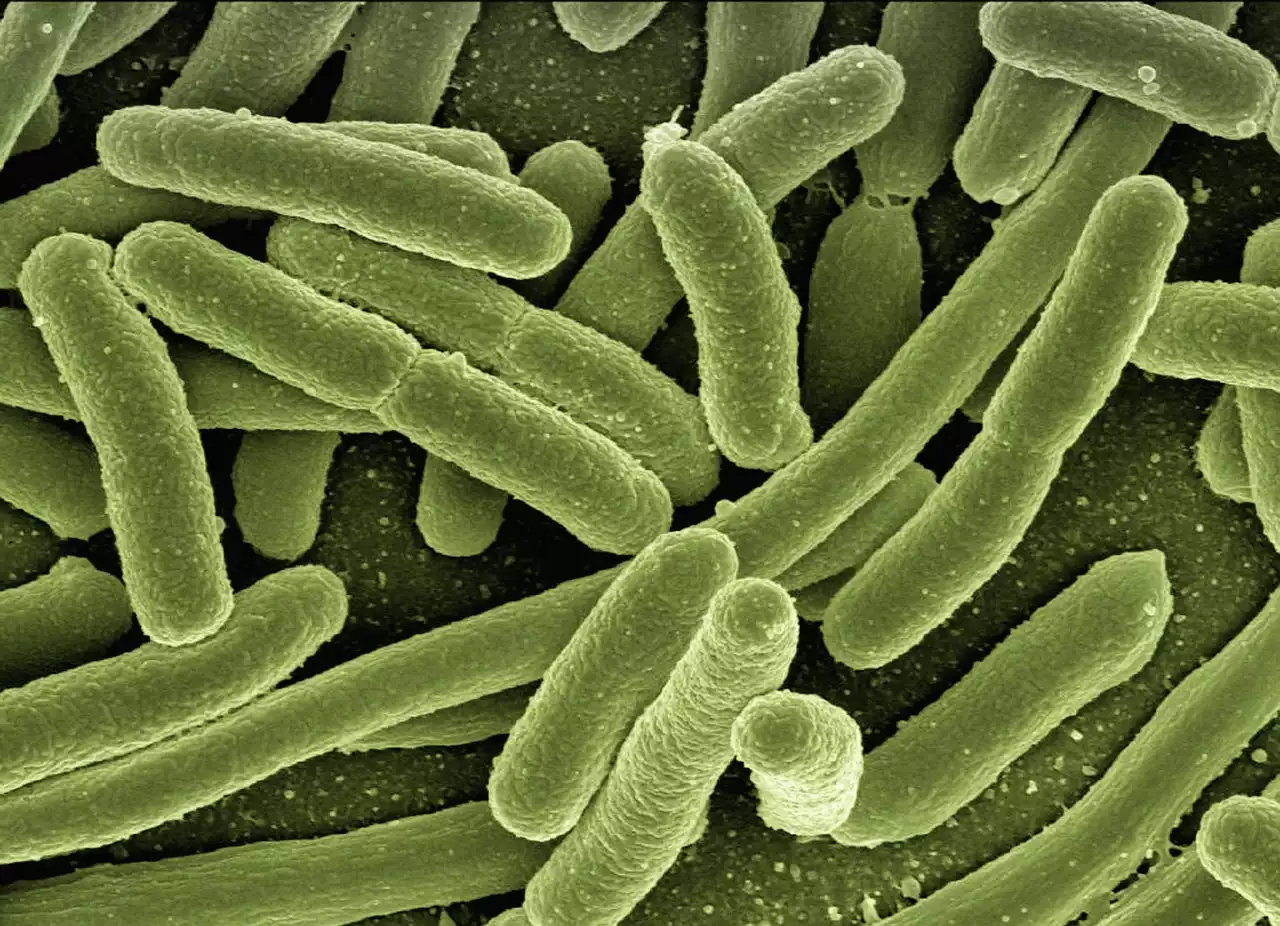The difference between food allergies and intolerances
Food allergies and intolerances may seem similar, but they actually refer to different conditions. A food allergy is an immune system reaction that occurs when the body mistakes a particular food as harmful, triggering an allergic response. The response can range from mild symptoms such as hives, itching, or swelling, to severe and life-threatening symptoms such as anaphylaxis. Anaphylaxis is a severe allergic reaction that can cause difficulty breathing, rapid heartbeat, and low blood pressure.
On the other hand, a food intolerance is a non-allergic reaction that occurs when the body has difficulty digesting certain food components, such as lactose or gluten. This can cause symptoms such as bloating, gas, and diarrhea. Unlike food allergies, which can be life-threatening, food intolerances are typically not dangerous.
The Difference Between Food Allergy And Intolerance
Common food allergens
There are several common food allergens that people need to be aware of, including:
1. Peanuts
2. Tree nuts
3. Shellfish
4. Fish
5. Milk
6. Eggs
7. Soy
8. Wheat
These foods account for about 90% of all food allergies. It's important to note that people can be allergic to any food, and it's possible to develop an allergy to a food at any time in life, even if they have eaten it before without any problems.
Symptoms of food allergies and intolerances
Symptoms of food allergies and intolerances can vary widely, depending on the person and the severity of their condition. Food allergy symptoms can include:
- Hives, itching, or swelling
- Tingling or itching in the mouth
- Abdominal pain or cramping
- Diarrhea, nausea, or vomiting
- Shortness of breath, wheezing, or coughing
- Anaphylaxis (in severe cases)
Symptoms of food intolerances can include:
- Bloating or gas
- Stomach pain or cramps
- Diarrhea or constipation
- Nausea or vomiting
- Headache or migraine
- Fatigue or weakness
It's important to note that symptoms of food allergies and intolerances can sometimes overlap, making it difficult to determine which condition a person has.
Testing for food allergies and intolerances
If you suspect you have a food allergy or intolerance, it's important to see a doctor for proper diagnosis and treatment. Your doctor may recommend one or more of the following tests:
1. Skin prick test - A small amount of the allergen is placed on the skin, and the skin is pricked to allow the allergen to enter the skin. If a reaction occurs, it indicates an allergy to that allergen.
2. Blood test - A blood sample is taken and tested for the presence of antibodies to specific allergens.
3. Elimination diet - This involves removing suspected allergens from the diet and gradually reintroducing them one at a time to determine which foods trigger symptoms.
Management and treatment of food allergies and intolerances
The best way to manage food allergies and intolerances is to avoid foods that trigger symptoms. For those with food allergies, this means being vigilant about reading food labels and asking about ingredients when eating out. It's also important to carry an epinephrine auto-injector (such as an EpiPen) at all times in case of an allergic reaction.
For those with food intolerances, avoiding trigger foods and finding suitable substitutes can help manage symptoms. For example, those with lactose intolerance can try lactose-free dairy products, while those with gluten intolerance can try gluten-free grains such as quinoa or rice.
In some cases, medications such as antihistamines or corticosteroids may be prescribed to help manage symptoms.
Tips for eating out with food allergies and intolerances
Eating out can be a challenge for those with food allergies and intolerances, but there are ways to make it easier. Here are some tips:
1. Research restaurants ahead of time and call ahead to ask about allergens and food preparation methods.
2. Bring your own food or snacks in case there are no suitable options available.
3. Ask to speak to the chef or manager to discuss your dietary needs.
4. Be specific about your allergies or intolerances and ask questions about ingredients and preparation.
5. Consider using a food allergy translation card to communicate your needs in other languages.
Food allergy and intolerance-friendly recipes
Managing food allergies and intolerances doesn't mean you have to miss out on delicious food. There are plenty of allergy and intolerance-friendly recipes available online. Here are some ideas:
1. Gluten-free chicken stir-fry
2. Dairy-free mashed potatoes
3. Nut-free granola bars
4. Egg-free pancakes
5. Soy-free tofu stir-fry
Resources for those with food allergies and intolerances
There are many resources available for those with food allergies and intolerances, including:
1. Food Allergy Research & Education (FARE) - A nonprofit organization that provides education and support for those with food allergies.
2. Gluten Intolerance Group - A nonprofit organization that provides education and support for those with gluten intolerance.
3. Allergy & Asthma Network - A nonprofit organization that provides education and support for those with allergies and asthma.










